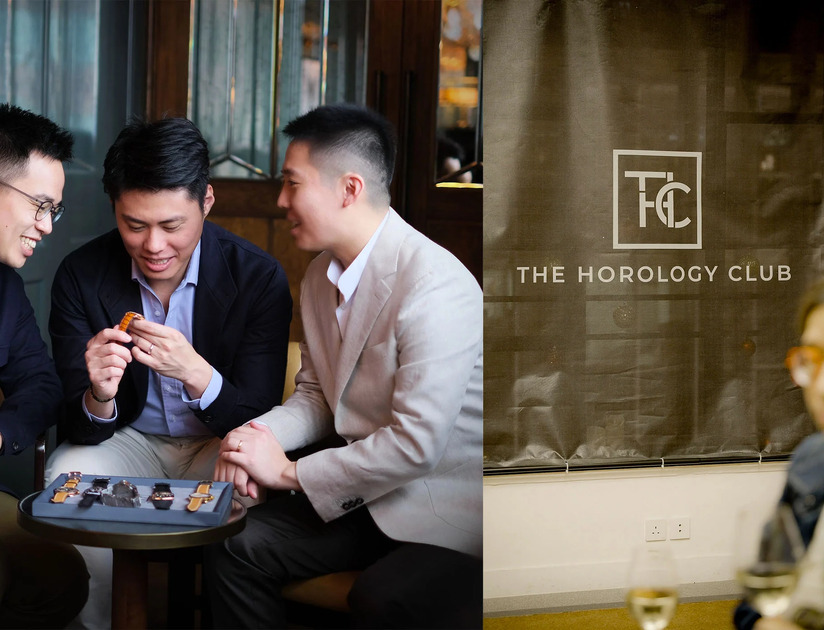
The ticking heart of luxury watchmaking is undergoing a quiet rebellion. As mainstream brands drown in predictable marketing choruses, a symphony of independent voices rises—not from boardrooms, but from cigar bars, WhatsApp groups, and Instagram DMs. Welcome to the era of watch collecting clubs, where enthusiasts trade Rolex fatigue for horological heresy.
Imagine a world where wristwatches aren't status symbols but conversation starters, where collectors bond over forgotten complications rather than waiting lists. This isn't fantasy—it's the reality brewing in Hong Kong's The Horology Club (THC), where 900 members globally obsess over timepieces that would make traditional retailers blush. "We're archaeologists of mechanical artistry," says co-founder Helbert Tsang, "digging up what the industry forgot to appreciate."
These clubs operate like speakeasies for gearheads:
The THC's recent anniversary exhibition—featuring 16 brands from Grand Seiko to micro-artisans—drew collectors like moths to a lume dial. "We're creating third spaces for horology," explains co-founder Carlos Pang, "where the champagne is optional but the technical debates are mandatory."
Traditional retailers should take note: these communities are becoming taste-making tornadoes. When a club collectively fawns over a resurrected heritage brand or an unknown indie, the market listens. Their influence spreads through:
As one member quipped: "We don't chase hyped releases—we create the hype for what deserves it."
While the broader market stumbles, these communities thrive on contrarian passions. Pre-1960s dress watches now command attention once reserved for sports models. Obscure independents find cult followings before they can afford websites. "Trends move at tourbillon speed now," notes co-founder Johnathan Chan. "Yesterday's wallflower becomes tomorrow's grail—sometimes overnight."
For those tired of luxury's tired script, the invitation stands: Find your tribe. Your next horological obsession might be one WhatsApp message away.
















